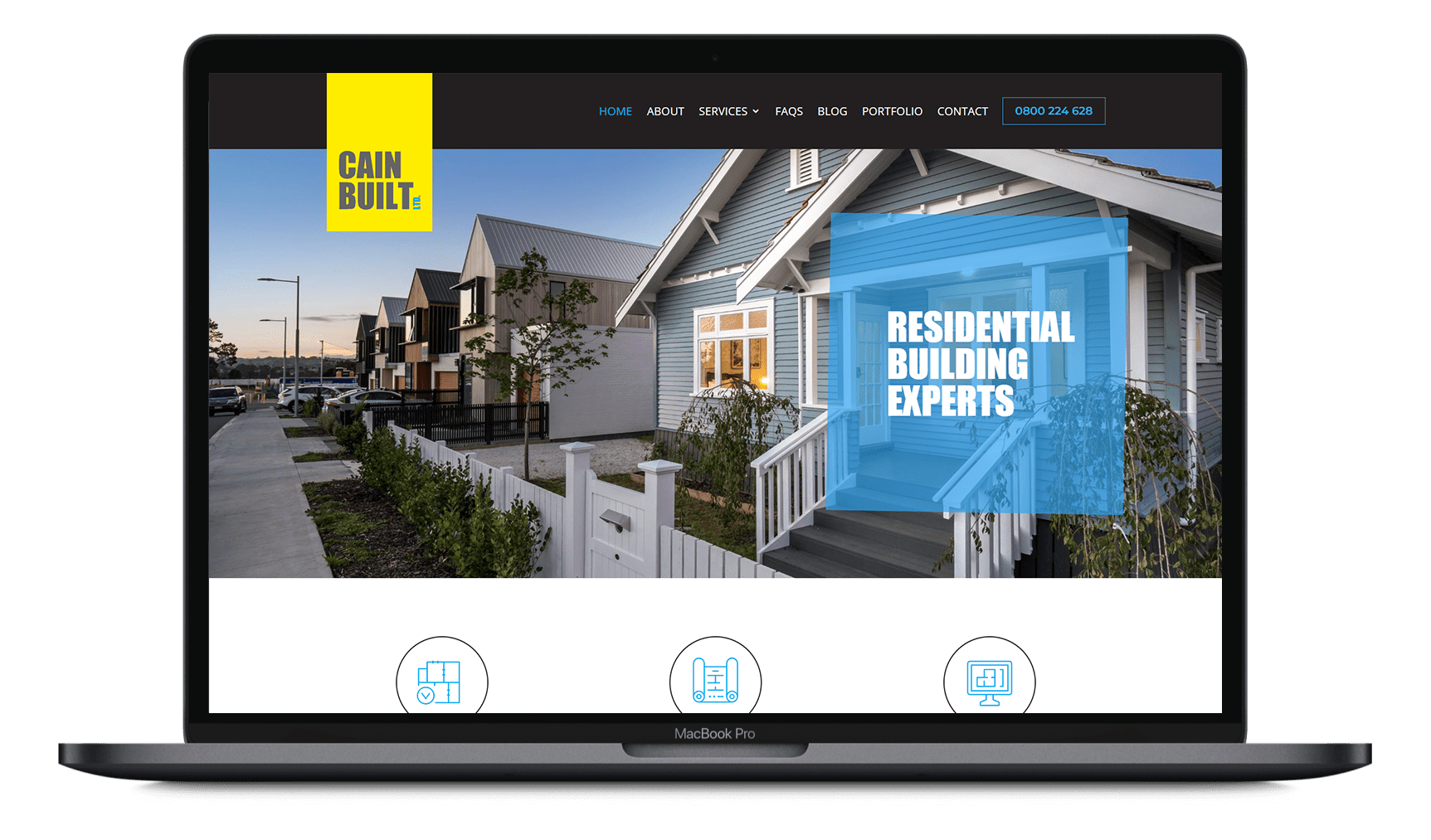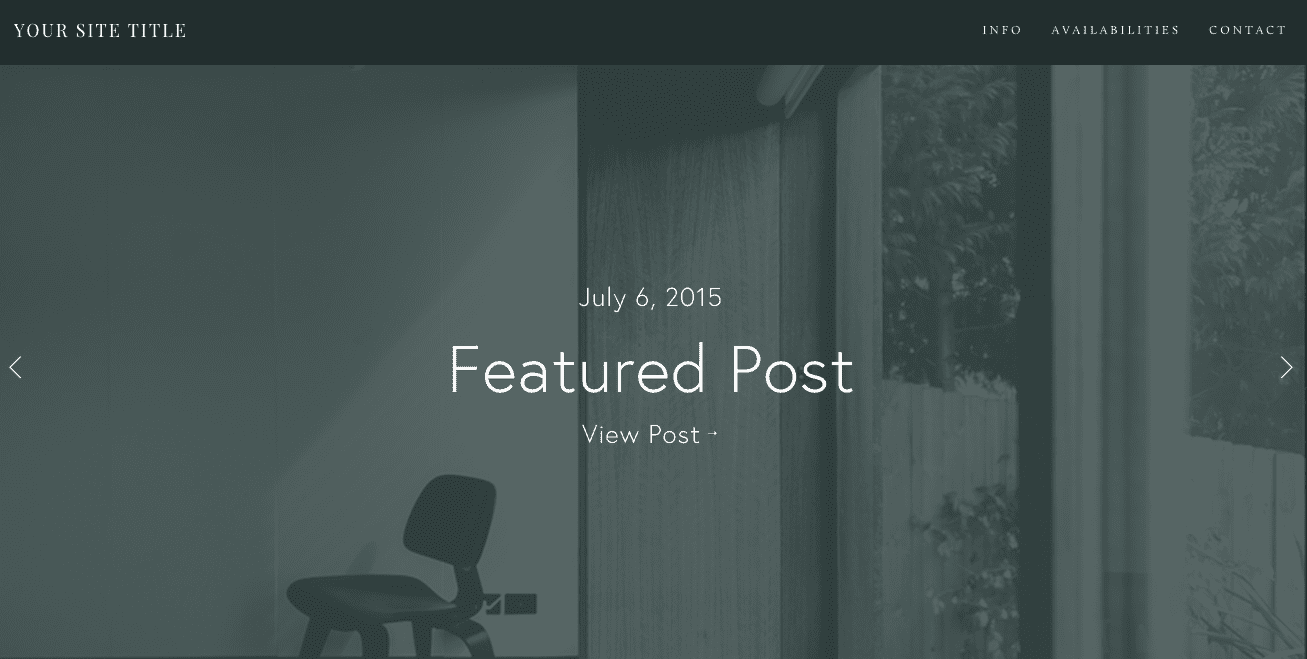In a previous post where I discussed the difference between proprietary and open source platforms I listed a few of each. One of these was the proprietary platform Squarespace. It’s time to discuss Squarespace in more detail. Launching in April 2003, Squarespace has come a long way since Anthony Casalena started creating the platform for his personal blog while attending the University of Maryland.
The platform leverages pre-built templates as well as drag and drop elements, allowing users to easily and quickly develop beautiful websites. In fact it does this so well that it was only in 2007, four years after release, and when the company reached $1 million in revenue that Anthony started hiring employees. As of 2018 Squarespace ~800 employees and supports over a million websites world wide.
So what makes Squarespace good?
As alluded to above, Squarespace allows you to create some wonderful designs with very little effort. Squarespace has a reasonably good selection of beautifully designed templates that tailored to grab your audience’s attention. The premade templates cover a range of styles and industries and allows you to build onto them from there.
The second big pro for Squarespace would be the fact that all the templates are mobile responsive right out of the gate. Squarespace automatically makes adjustments to your design and elements to fit tablet and mobile, saving time and reducing the need for custom development.
The third reason to go with Squarespace is the drag and drop element builder it comes with. You don’t need to know coding to use it, meaning when it comes to managing your website and keeping it up to date, you’re going to have no issues.
A full list of Squarespace’s features can be found here: https://www.squarespace.com/feature-index


































